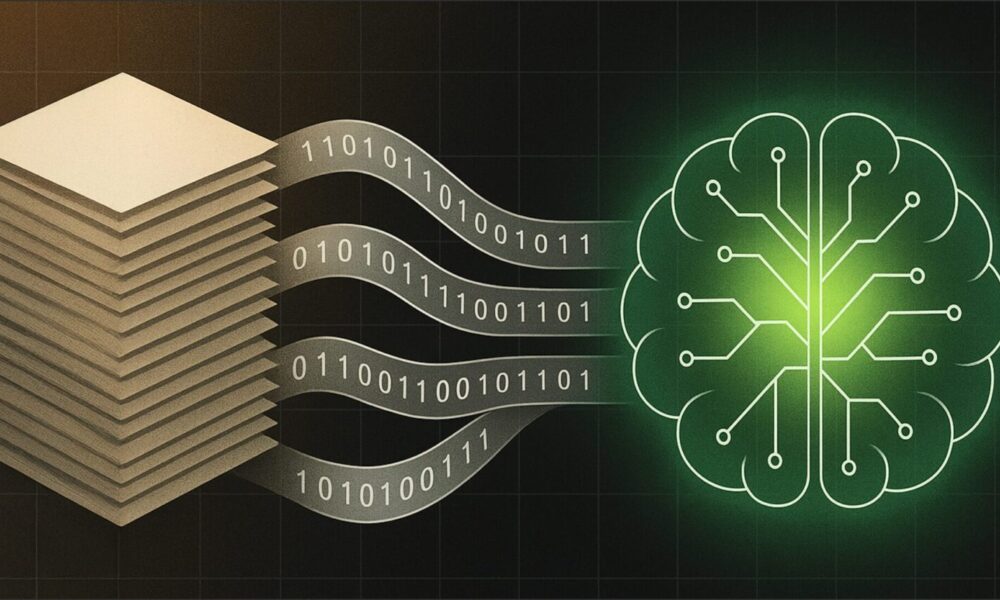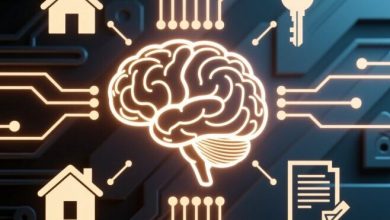From Automation to Intelligence: The Evolution of AI in the Workplace

A few years ago, office automation meant one thing: saving time on repeatable tasks. People built workflows, added rules, and watched the software do exactly what it was told to do. It felt efficient, but it wasn’t smart. Then came a major shift.
Instead of just executing tasks, systems started reacting to inputs in new ways. They began to recognize language, understand context, and make choices that weren’t predetermined. What started as basic automation turned into something that looked a lot like intelligence. And the workplace hasn’t been the same since.
This blog examines how we arrived at this point and what that shift truly means for the workplace.
Automation was never about thinking
Early AI in offices was barely AI. It followed fixed instructions, handled repeatable tasks, and made people feel like something high-tech was happening in the background. These systems couldn’t adapt. They couldn’t understand the context or figure things out on their own.
Think of macros, scripts, and workflow automation tools. You’d set the logic, and they’d follow it. Simple and safe but rigid.
Nothing wrong with that. Automation has helped businesses cut down on manual work. But it hit the ceiling quickly. The moment something unexpected happened, it would freeze or fail.
We needed intelligence.
Intelligence worked the best with context
AI moved beyond automation when it began to understand things. Not in a conscious way, but enough to process natural language, analyze documents, and detect patterns.
Suddenly, software was responding to meaning.
Customer support tools started reading tickets and tagging them correctly. AI began extracting useful data from contracts. Email filters got smarter.
The change was not intended to increase speed. It was after relevance.
And here’s where AI enterprise software made the real leap. Businesses stopped viewing AI as a fancy assistant and began to rely on it for informed judgment calls.
Decision-making is no longer exclusive to humans
Until recently, final calls were always made by people. AI could suggest, remind, alert, but never decide. It has changed.
AI now recommends job candidates. It flags financial anomalies. It prioritizes sales leads. In some companies, AI handles contract renewals or chooses what goes into the next sprint.
It occurred after systems were fed better data, trained on outcomes, and built to provide more than just suggestions.
And most teams are okay with it as long as it works. However, that raises a problem: a lack of transparency.
Intelligence without transparency creates risk
When you automate something with rules, you know exactly how it behaves. There’s a comfort in that. It’s traceable. You can explain it to someone.
Now, with AI making choices based on internal weights and models, things get blurry. You can’t always explain why a system made a specific decision (Also known as an AI black box). This can be fine for small things, but not when compliance is on the line.
This has led to growing demand for explainability. If a hiring algorithm scores someone low, you need to know why. If an AI system rejects a claim or misclassifies a lead, there has to be an audit trail.
Smart is good. Trustworthiness is better.
Control is becoming configuration
Earlier, automating something meant writing code or creating logic flows. It needed someone from IT. Now, that layer is thinning.
Modern AI enterprise software comes with easy interfaces, drag-and-drop options, and self-learning models. Teams can train or configure the system without deep tech skills.
Marketing teams can set up AI-driven ad recommendations. HR can configure candidate filtering rules. Sales can automate lead qualification without calling a developer.
This puts more power in the hands of end-users. But it also creates new risks. Because when configuration is too easy, mistakes scale fast.
Intelligence needs boundaries
AI can get things done. But it can also go off track fast if there are no limits.
Responsible AI deployment now includes checks, audits, and internal rules. Just like you wouldn’t give every employee full access to financial systems, you can’t let AI run wild.
Companies are now establishing boundaries to ensure the AI is aligned with their policies, ethics, and internal goals. This could mean blocking certain data inputs, enforcing manual review before final actions, or building alerts when AI outputs fall outside expected ranges.
Conclusion
The shift from automation to intelligence is necessary to change how work is done, who makes decisions, and what teams are expected to manage.
AI has evolved from merely pushing buttons to making informed choices. And it changes everything.
What comes next is a workplace where humans and systems think together, share tasks, and question each other.
And the businesses that get this right will be ready for whatever comes next.





